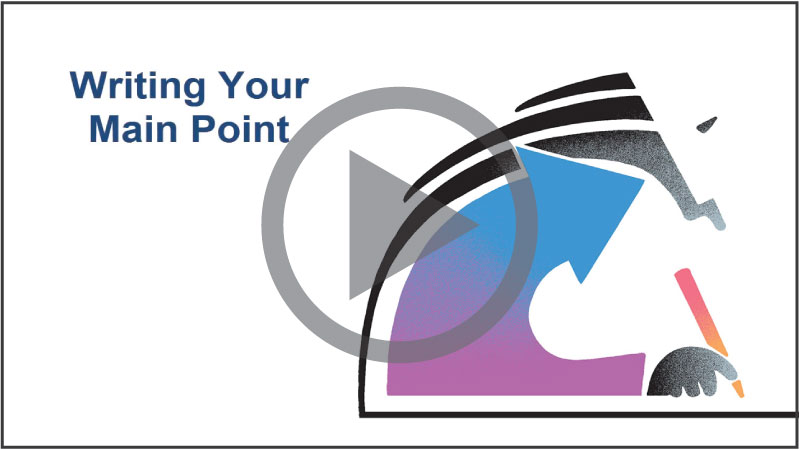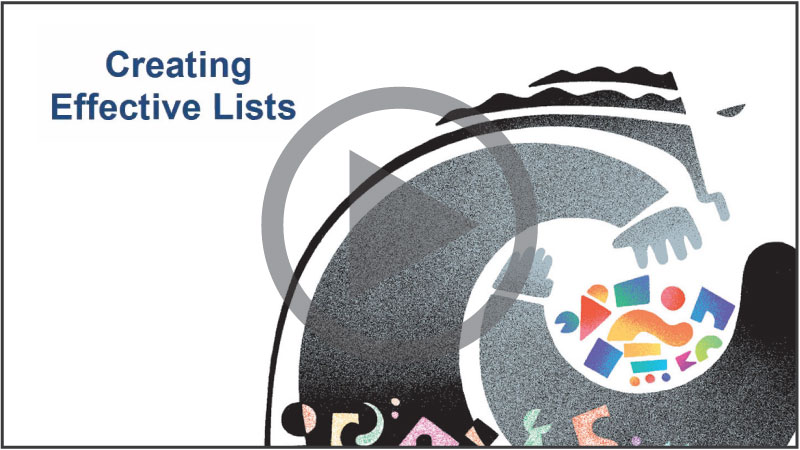Business writing too often forces readers to navigate dense paragraphs and inflated language, leading to frustration and miscommunication.
You can provide your own readers with a friendlier and more efficient reading experience.
Create a Clear Main Point
Effective writing leaves readers with no doubt about the main point (subject and purpose) of the message. If you’re sharing good or neutral news, you’ll want to share your main point up front. If you are sharing bad news or need to persuade, your main point should come later.

Use Plain Language
Overly formal, verbose, or dense language makes readers work for meaning. Instead, create clarity through precise, active, and conversational language.
Don’t Say
based on the fact that / heretofore / are of the opinion that
Do Say
because / until now / believe
Don’t Say
As indicated in the attachment, a prodigious groundswell of correspondence has arrived to express opinions regarding the proposal to decrease funding for the Roberts-Clybourn Stewardship Fund, and as of yet the vast majority of correspondents oppose the reduction of funding.
Do Say
We’ve received thousands of emails about the Roberts-Clybourn Stewardship Fund, and most writers oppose reducing funding.
Focus Your Ideas
Readers’ time is precious, so don’t waste it with unnecessary details. Depending on your purpose and reader, you might start with a polite personal note but should quickly move on to your main point. Make sure each paragraph that follows your main point focuses on just one supporting idea.
Keep Paragraphs Short
Breaking up your ideas into short, digestible chunks will help readers follow your line of thinking. As an additional benefit, the white space between paragraphs will make your writing less intimidating.
Use Lists
Much like short paragraphs, lists break up related ideas into accessible chunks. If items are ranked, use a numbered list. Use bullets if items are equal in importance.

Add Headings
Headings create clear-cut transitions, signaling new ideas and guiding readers through different sections in the writing.
Learn tips for effective headings.
Include Graphics
Use charts and tables to help readers understand complex data.
Use Boldface Type
Boldface type (like this) draws readers’ attention to key information. Use boldface to highlight important terms and ideas, but try not to overuse it. Too much boldface text loses its effect.
|